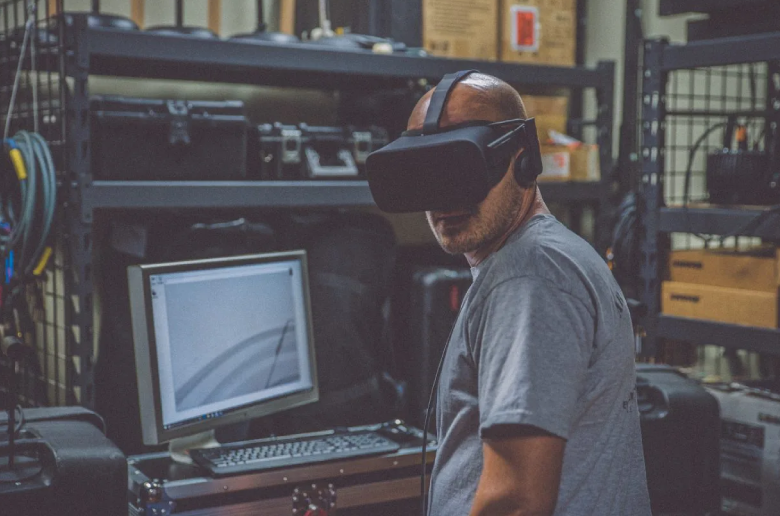Every so often you here a phrase that’s too good not to borrow. It happened to me a few weeks back when moderating a roundtable on the topic of digital transformation, and why making pragmatic IT decisions is critical to business success.
“The only reason God was able to create the world in six days and rest on the seventh,” suggested Patricia Florissi, Global CTO for Sales at EMC, “was because he had no legacy issues to deal with.”
It’s a great line (even for an agnostic such as myself), and it clearly resonated with the other executives taking part in the discussion.
“The reason God was able to create the world in six days and rest on the seventh was because he had no legacy issues to deal with”
“Legacy systems stop us innovating as fast as we would like,” argued Durdana Achakzai, the Global Head of HSBC’s Digital Portfolio. David Wilson, Director of Strategic Transformation at fellow banking heavyweight Barclays, agreed with her: “We can’t be as agile as we’d like with our current systems,” he said.
It was a common challenge. Despite the undoubted advantages large firms hold in the market in terms of scale and market share, preparing existing architectures and applications for new agile ways of working and increased user expectations remains one of the biggest headaches facing the modern CIO. Whether talking about the need to process large data volumes in real-time, add speed to application development cycles or simply provision services to employees and customers faster, the message was clear: legacy systems are a drag on firms’ ability to react at the pace required by a fast-moving business environment.
But while most agree that legacy systems are holding them back to some extent, there is also an acknowledgement that wholesale rip-and-replace initiatives aren’t always practical. Core legacy systems, particularly in sectors such as banking and insurance, are just too important to the business, too deeply integrated into the very fabric of the overall IT infrastructure – and perhaps most significantly, have too much already invested in them – to make changing them an easy or attractive option.
Indeed, a recent article suggested that roughly five percent of existing enterprise applications will never be moved to a virtualised or cloud environment. And then of course there are those applications that, while possible to move, are probably best left where they are for a variety of practical reasons, including licensing, regulatory concerns and technical issues. Think of it like driving a car with your feet: just because you can probably do it, doesn’t necessarily make it a good idea.
“To a certain extent we have to live with the systems we already have,” countered Alejandro Arroyo, Director of Transformation at Banco Santander. “Just because something is described as ‘legacy’ does not necessarily mean it is bad. Not everything that is old is worthless.”
“Just because something is described as ‘legacy’ does not necessarily mean it is bad. Not everything that is old is worthless.”
And therein lies one of the challenges. Legacy has somehow become shorthand for broken, out-of-date, obsolete. It’s often used as a pejorative for systems that are still fully functioning, often even valuable, technology assets.
In fact, there’s an increasingly compelling argument to be made in favour of a more pragmatic approach to IT – one that allows firms to embrace new ways of working and emerging technologies alongside their existing infrastructures. Because for all the talk about the need to become more agile and better able to cope with disruption (and believe me, that need is very real), keeping the lights on is still the short-term, mission-critical priority for every business, everywhere.
That might mean retaining some of your existing systems for certain workloads or processes, and finding a way to make them work with the emerging architectures you’re bringing in to the organisation. It might mean short-term re-investment in some of those legacy platforms to help you manage new demands. We are, after all, supposedly entering the age of hybrid IT.
But regardless, it will also require a roadmap to mitigate the current risks from legacy systems, reduce dependency on them and ultimately transition to more modern, agile platforms. Because no legacy system can go on forever. And the problem with legacy software is not necessarily that it is bad software by today’s measures, but that it may be bad by tomorrow’s. The pace of technological change, skill set availability, different cost structures, and a shift in business requirements can all have an impact on when today’s tech solution becomes tomorrow’s tech burden.
As with most business decisions, it’s about balancing risk with reward, and judging the precise tipping point when those assets become liabilities. Digital transformation cannot be avoided, but it doesn’t have to be done all at once.
GDS Group hosts experts to help experts. We strive to provide an atmosphere for our attendees that enables them to confidently lead their companies through major transformation projects. For information on upcoming events, view our Technology Summits and Executive Events. To remain current on our activities, visit GDS Group on LinkedIn | Facebook | Twitter.














